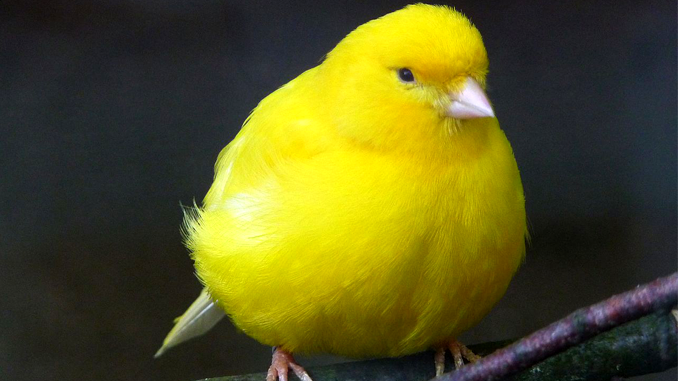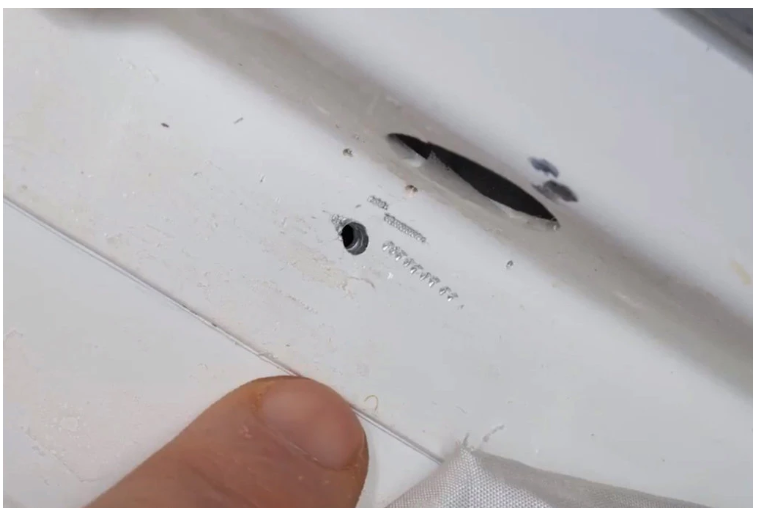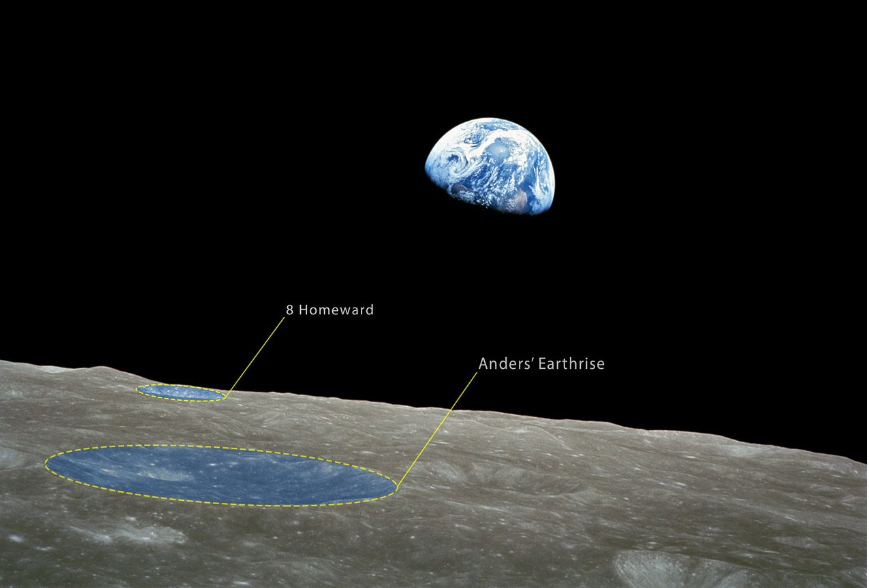
There has been an International space incident between the United States and Russia that has quietly been happening as Russian cosmonauts Sergey Prokopyev and Oleg Kononendo performed a 7 hour space walk on Tuesday to find and inspect a small hole on the Soyuz crew vehicle that has been fixed from the inside which caused a pressure leak.
They took samples and will send them back to earth to help determine if an error in construction on earth happened to the Space Station’s crew vehicle, or if it was possible sabotage.
The leak was discovered in August, when cabin pressure in the ISS subtly dropped. Upon investigating, the flight crew found a tiny hole in the Soyuz capsule, which was docked to the space station.
The crew slowed the leak with a piece of Kapton silicone tape, and later patched the hole with gauze and epoxy. But the question remained: What caused the hole in the first place? Investigators quickly dismissed theories of meteorite impacts, as the hole seemed to come from inside the capsule, said Dmitry Rogozin, the head of Russia’s space agency Roscosmos, according to state news agency TASS.
Adding to the mystery, the hole looked like it came from a drill. As NPR reported in September, Russian officials believe the leak “was likely caused by a human hand.”
“We are considering all the theories,” Rogozin said, according to TASS. “It is a matter of honor,” he continued, “to find out whether it was an accidental defect or a deliberate spoilage.”
NPR
The cosmonauts will take samples of any residue found on the hull and take digital images of the area before placing a new thermal blanket over it. The samples and images will provide additional information that will aid the investigation in the cause of the pressure leak.
NASA
“Honestly I can’t look at that,” cosmonaut Sergey Prokopyev says, as voiced by a translator, while fellow cosmonaut Oleg Kononenko slices into the side of the Soyuz MS-09 capsule. “It’s my vehicle, Oleg!”
NPR
“In what is perhaps another first for the Russian space program, a cosmonaut has just unsheathed a large knife and stabbed his spacecraft,” wrote Moscow-based space journalist Matthew Bodner on Twitter.
Eventually, the cosmonauts found the location of the sealed hole and took samples of the epoxy, which will be brought to Earth for analysis, according to Space.com.
George Washington University space policy expert John Logsdon told NPR in September that there is “a kind of generalized concern about the decline of quality control in Russian space industry in recent years.”
NPR

For further reading:
During Seven-Hour Spacewalk, Russian Astronauts Gather Clues to Orbital Mystery; December 10, 2018; New York Times
Fracture on Soyuz spacecraft most likely caused by technological error — Roscosmos CEO; September 2, 2018 TASS [Science & Space Russian News Agency]
Dragon Rendezvous (CRS-16) – Launched Wednesday from Cape Canaveral for its outbound journey to the International Space Station and will return in January.
“On Saturday, December 8, International Space Station crew members used the station’s 57.7-foot (17.6-meter) robotic arm to capture SpaceX’s Dragon spacecraft and attach it to the orbiting laboratory.”
Watch: Confirmed capture of Space X’s Dragon to the International Space Station.
This is an almost three and a half hour video. It is a very slow process, as the Dragon comes in range it will hold its place and the grapple arm then becomes the only moving part as the astronauts work to extend the driver arm towards the Dragon spacecraft vehicle and capture hold of it. Once the capture is complete, control is passed to Houston.
Live from the International Space Station, the video begins with a view of SpaceX Dragon which is on a cargo resupply mission.
Watch about the first 20 minutes, the video starts with a live feed of Dragon as it enters into the go-area. Starting at about 4 minutes, the video goes to SpaceX who host and describe the mission and give great information what happens when a space vehicle docks with the ISS.
Both the ISS and Dragon are traveling at a velocity of 17,000 mph both velocity. To put that into perspective, as the SpaceX host explains, commercial airplanes travel at about 550 mph. If we were traveling at 17,000 mph, we could travel from New York to LA in about 8 ½ minutes.
There has been a constant human presence on the Space Station now for almost 18 years.
You can scroll through the video time bar and see where you want to stop and see and/or listen. From ~3:20:00-onward is a good place to cue it up for the capture portion. At about 3:25:00-3:27:00, right before and during the capture, we get flashes of light in the background which are thunderstorms on earth. Cool beans. 😀
Moon Craters Named for 50th Anniversary of Apollo 8 ‘Earthrise’
Apollo 8 was the first mission ever to take astronauts to a world beyond Earth. Crew members Lovell, Frank Borman and Bill Anders launched on Dec. 21, 1968, and reached lunar orbit three days later, on Christmas Eve.
On that day — Dec. 24, 1968 — the crew beamed a live television broadcast down to Earth, as NASA officials noted in their statement,and Anders snapped one of the most famous photos in human history. His stunning “Earthrise” shot showed our planet looming over the moon’s battered gray surface, giving humanity a new perspective on its home world.
The Apollo 8 crew did not touch down on the lunar surface;they orbited the moon 20 times, then returned home to Earth for a successful splashdown on Dec. 27, 1968. Apollo 11 moon walkers Neil Armstrong and Buzz Aldrin left the first-ever boot prints in the lunar dirt, in July 1969.
Space.com

The Working Group for Planetary System Nomenclature of the International Astronomical Union has today officially approved the naming of two craters on the Moon to commemorate the 50th anniversary of the Apollo 8 mission. The names are Anders’ Earthrise and 8 Homeward.
…
Since the Moon is tidally locked to the Earth — it always has the same side facing the Earth — the Earth will never appear to rise above the surface to someone standing on the lunar farside. Orbiting around the Moon, however, gave the Apollo 8 astronauts, Frank Borman, James Lovell, and William Anders this stunning view, before they safely returned home to Earth.
IAU
“Voyager 1, launched just a few weeks after Voyager 2, crossed the same boundary in 2012 and exited the heliosphere, a bubble of magnetic fields and particles created by the sun.” [CNN]
However, just because the probes have left the heliosphere doesn’t mean they have left our solar system. Its boundary is the outermost edge of the Oort Cloud, a group of small objects influenced by the gravity of our sun.
The mission scientists believe that it would take Voyager 2,300 years to reach the inner edge of the cloud and 30,000 years to fly past it completely.
Voyager 2 carries something unique: the Plasma Science Experiment instrument. This instrument stopped working on Voyager 1 in 1980, but it’s still operating on Voyager 2.
The instrument will be able to take unprecedented observations in this part of interstellar space and send them back to mission scientists. The scientists can still communicate with Voyager 2, even in interstellar space, but the data takes about 16.5 hours to travel back to Earth.
CNN
